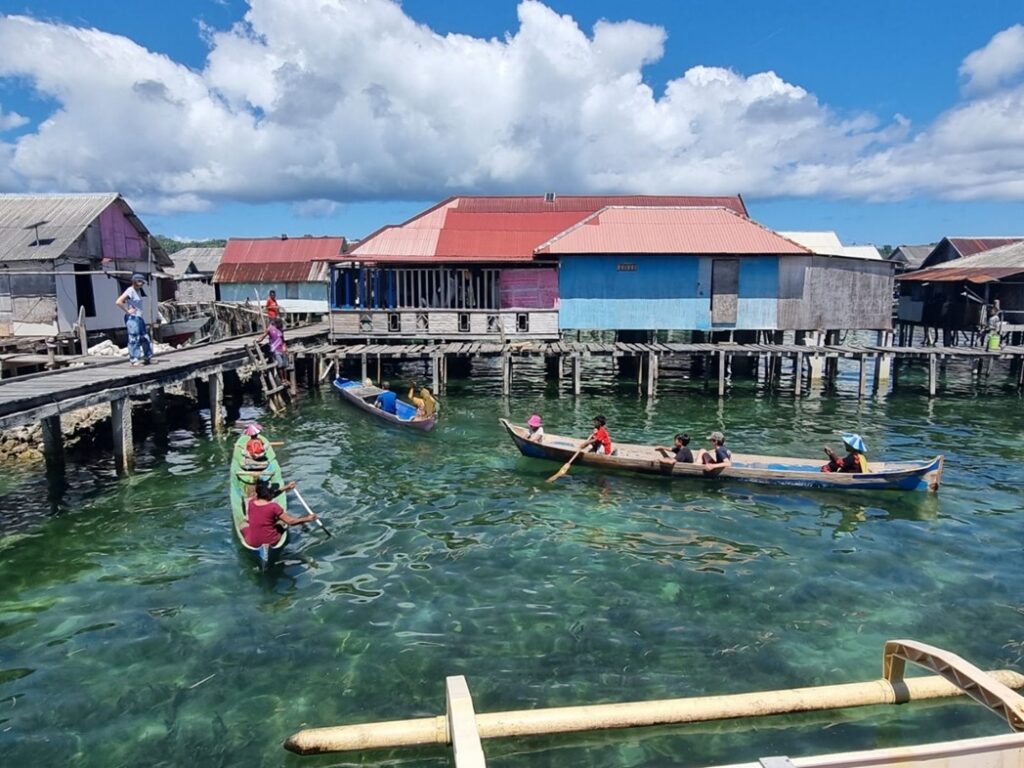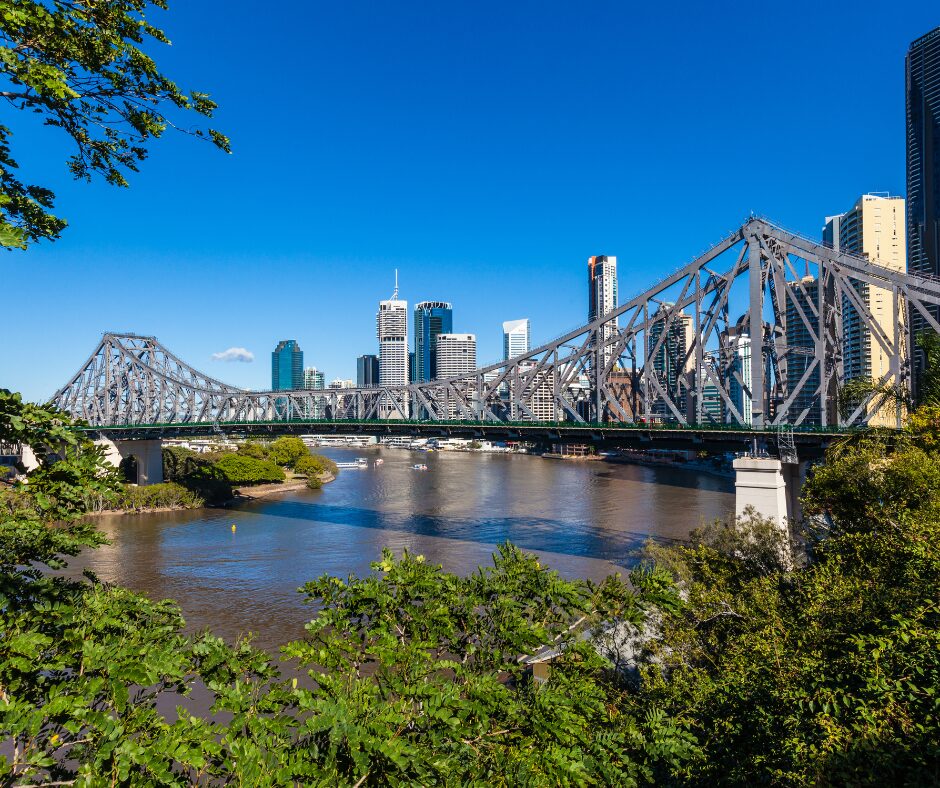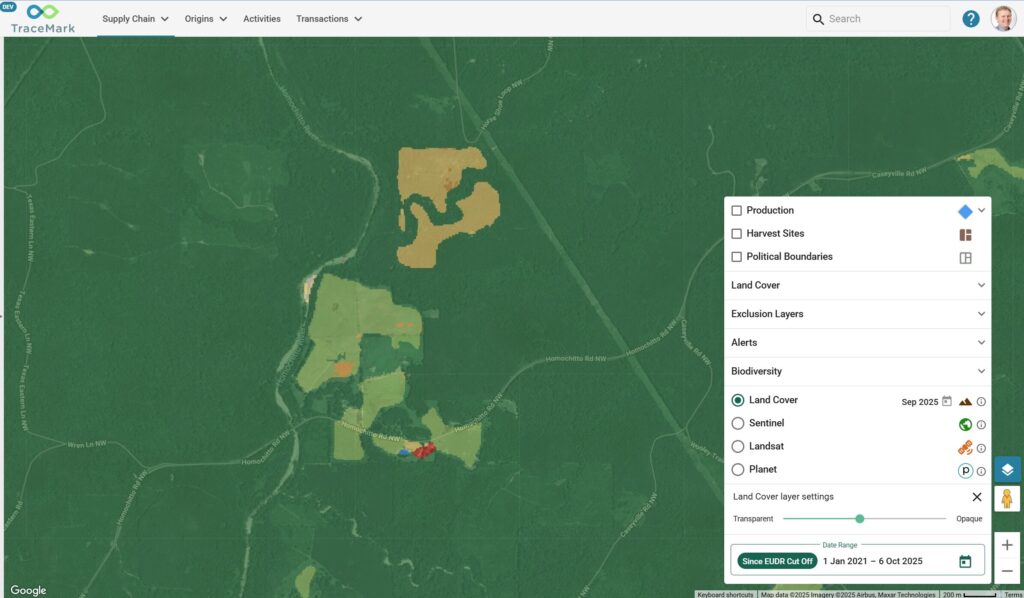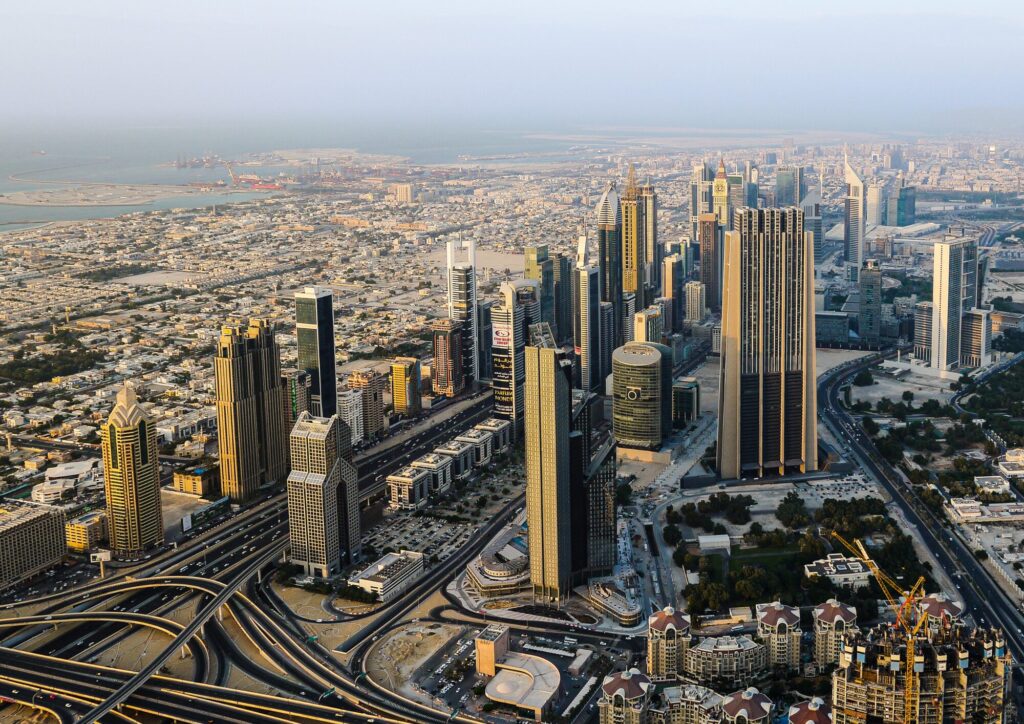How to stream GIS data into online virtual reality
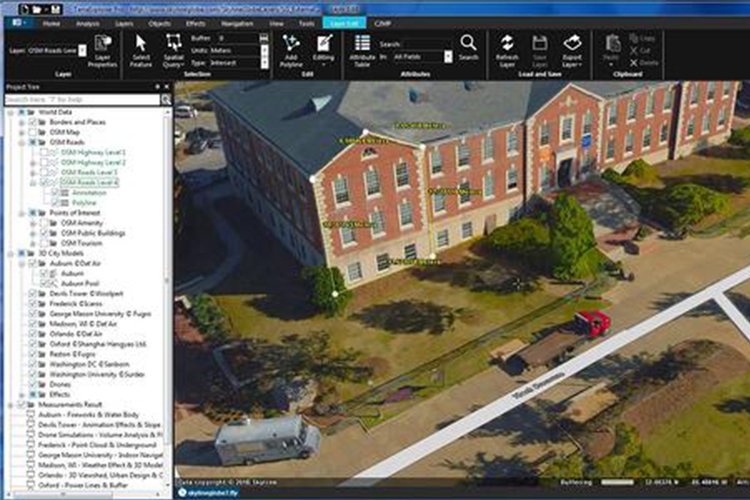
Building a Virtual Reality (VR) environment using spatial data was a task previously reserved for developers with a strong understanding of Geographic Information System (GIS) data and gaming engines, which – as you can guess – was a niche area of expertise. However, Skyline’s TerraExplorer 7.2 release is the first GIS platform to make streaming GIS data into a VR environment a fairly straightforward process.
How did NGIS formerly stream GIS data into VR?
To stream GIS data into a VR environment previously, developers would first need to convert GIS data into a format that a game engine could understand.
At NGIS, we would use Unreal Engine 4 and Esri’s CityEngine. This process involved cutting up raster data into tiles and then placing them into Esri CityEngine, which then output data in a format supported by Unreal Engine Datasmith. Within Unreal Engine, developers could piece the tiles back together like a puzzle before building the VR experience in the game engine and then eventually output this to an executable file.
This process was time consuming, clunky and relied on a developer understanding both the GIS data and the functionality of the gaming engine. Along with this, the once ‘location-aware’ data sources had been converted into game assets. As an example, this means that bringing in vector data would also involve a similar building process. So, if the data was updated you would need to rebuild it all over again every single time!
How has TerraExplorer 7.2 simplified this process for GIS analysts?
Skyline’s TerraExplorer is a powerful GIS desktop application that enables users to query, analyse and present GIS information in 3D. It displays most spatial databases including 3D city features, in addition to providing standard Cesium support for imagery, elevation and KML layers (a file format used to display geographic data in an Earth browser such as Google Earth).
Users can then create realistic visualisations of their GIS data by overlaying unlimited datasets, 3D models and objects on their terrain.
The latest release of TerraExplorer 7.2 supports the Oculus Rift VR system for a fully immersive and detailed 3D environment with improved render quality and stability.
Some of the TerraExplorer 7.2 release features include:
- Support of the Oculus Rift S devices and navigation modes
- Changing viewpoints through head tracking, allowing users to explore different layers of data
- Measurement tools using the virtual pointer cast ray from the Oculus Rift hand controller
Using TerraExplorer 7.2, users can set up their GIS data within a 3D GIS platform and enable VR with the click of a button. This is how the process of streaming GIS data into a VR environment works:
- Source both aerial imagery as an ECW, TIF or JPEG file and terrain imagery as a GeoTiff file to show elevation
- Combine the aerial imagery with the elevation data into TerraBuilder to create a 3D globe which sits as an MPT (Terrain Database) file
- Open up TerraExplorer and view the 3D globe you’ve just created
- From TerraExplorer, you can import vector data such as:
– Road data
– Suburb and cadastral boundaries
– Web feature Service (WFS) source, such as Landgate’s SLIP services
– Shapefiles or DXFs - Add in 3D model formats such as OBJ, KMZ and IFC – or bring in 3D mesh data formats like Skyline’s 3DML or cesium tiles. These can be created through a photo mesh or through engineering models of buildings being developed. At this point, you can still use it as a map with all the analysis tools in the platform
- Use the VR functionality to fly around, click and retrieve properties of items in the map
Why is viewing GIS data in a VR environment useful?
Many organisations are opting to see their digital twin environments in VR. This is a new way of viewing and monitoring working sites without physically needing to be there. Using a VR digital twin allows businesses to:
- Streamline operational activities such as engineering and mine site inductions
- Provide remote training for ‘on site’ environments
- Create a unique ‘show and tell’ experience for key stakeholders
If you are considering using a VR environment to stream your GIS data into and want to have a chat about Skyline TerraExplorer, reach out to our team at team@ngis.com.au.
For the full Skyline TerraExplorer 7.2 release notes head to:
Release notes TerraExplorer 7.2 for desktop: https://cdn2.hubspot.net/hubfs/5826036/TEP72ReleaseNotes%20(002).pdf
Release notes TerraExplorer 7.2 for web: https://cdn2.hubspot.net/hubfs/5826036/Files%20-%20Other%20/TE4W7.2.Release%20Notes2.pdf
Co-author: Nick Chai, Principal GIS Consultant at the NGIS Group.
Related Articles
Here are more related articles you may be interested in.

